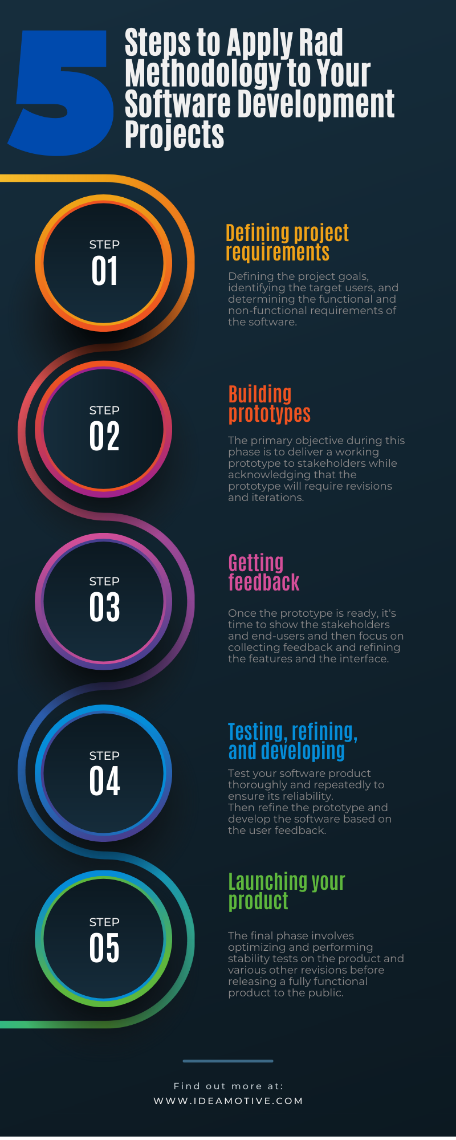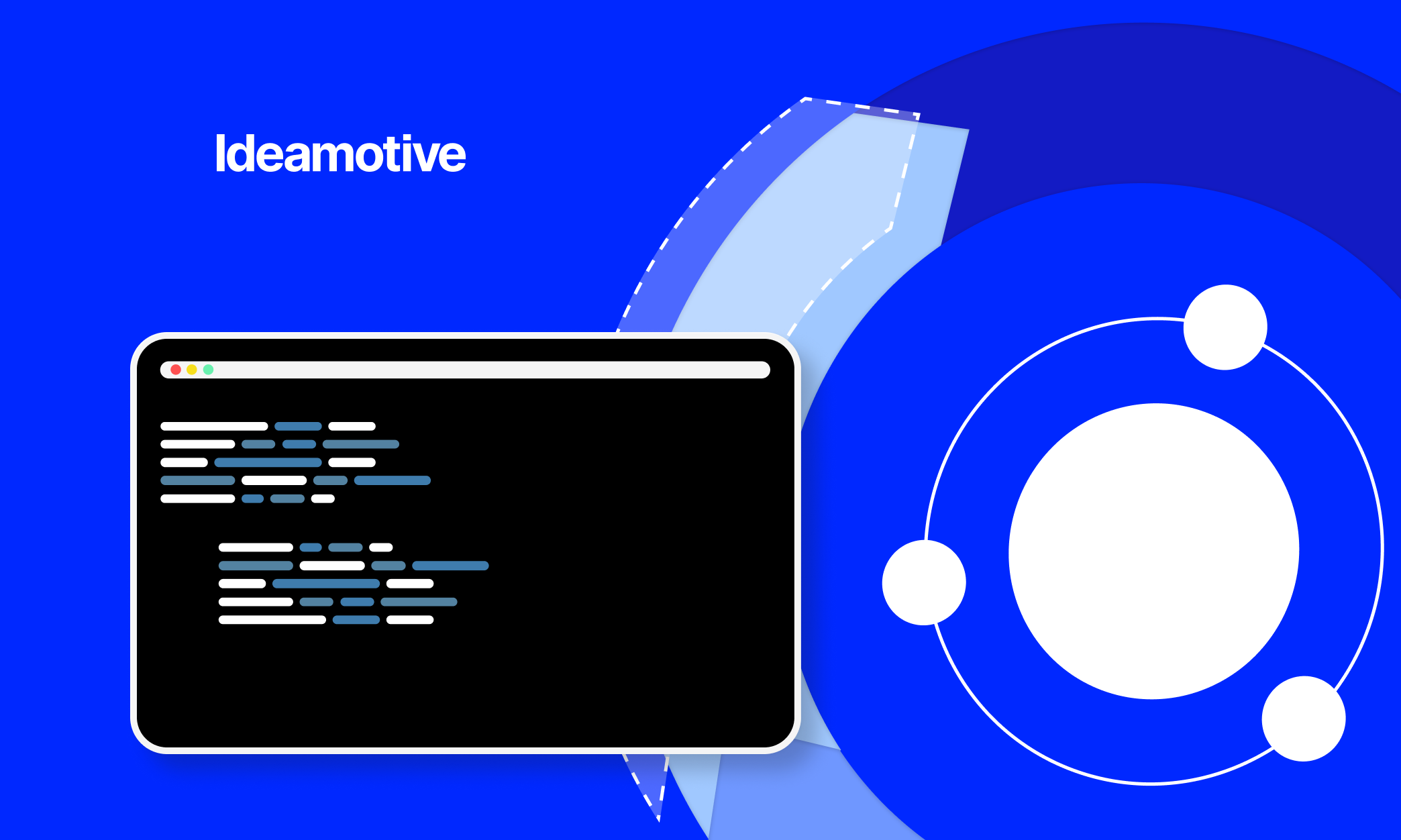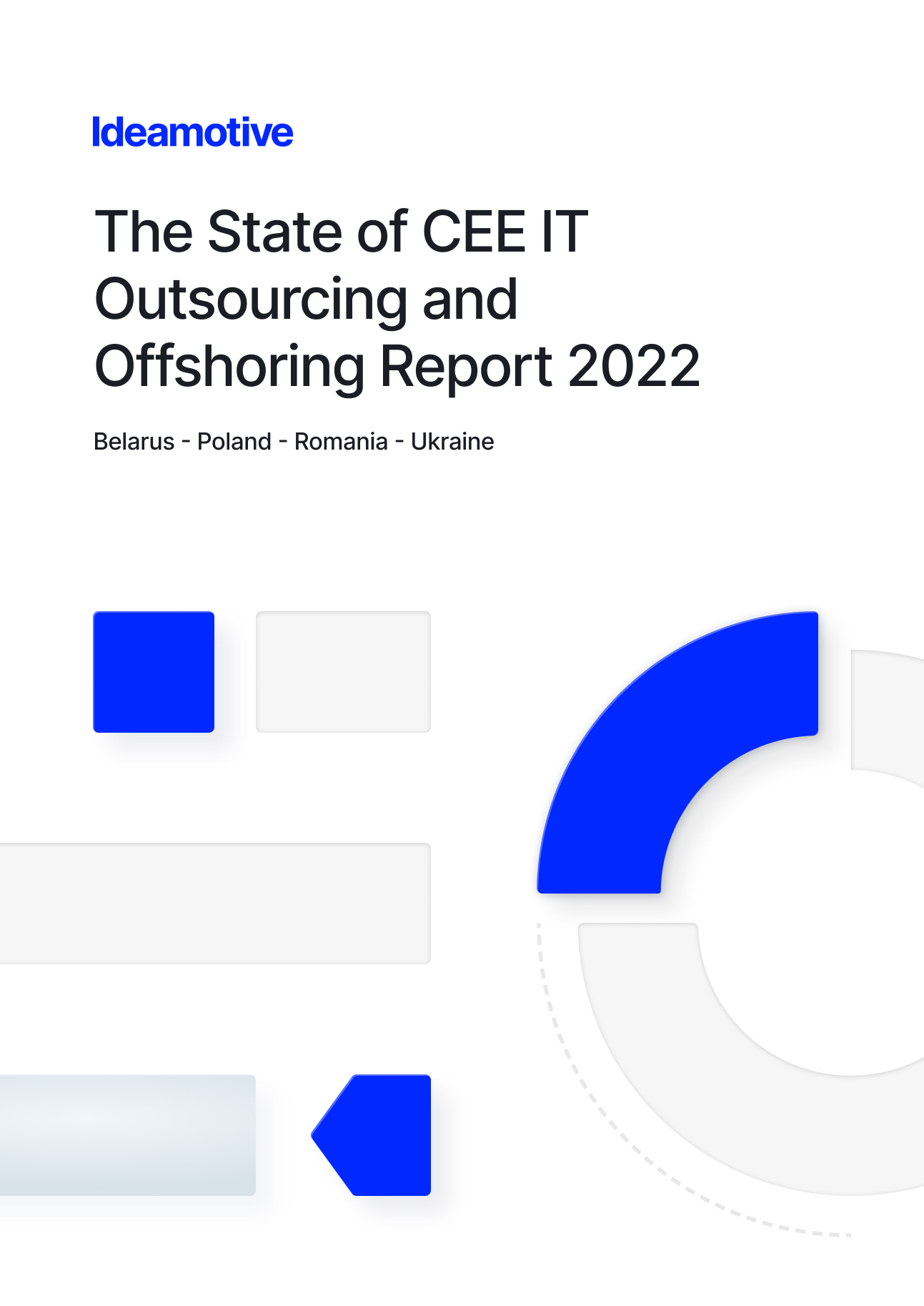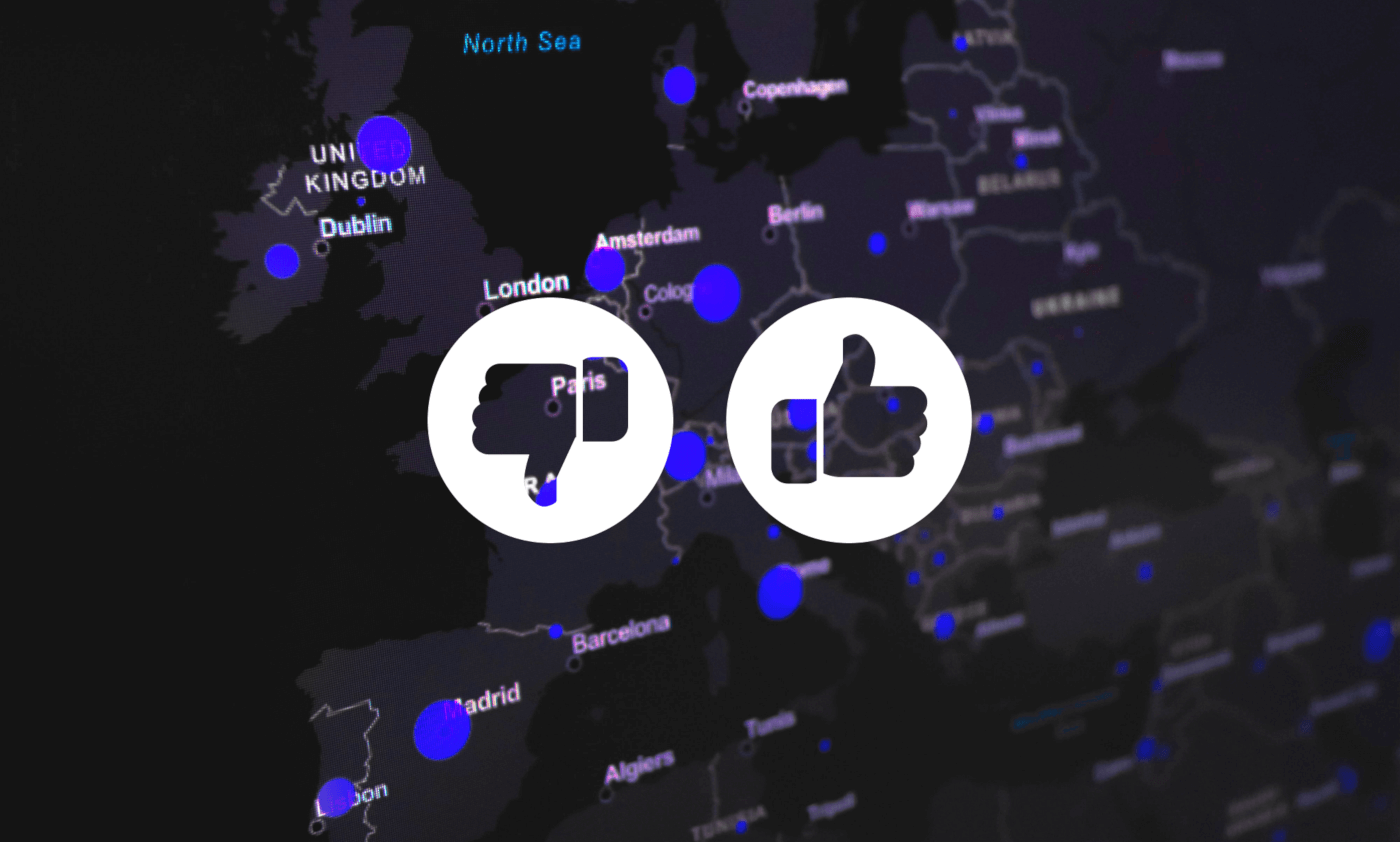Agile has become the go-to methodology for teams looking to maximize efficiency and project success in software development. Rapid technological change has given rise to the need for agile development approaches.
One such agile development strategy is Rapid Application Development (RAD), which focuses on ongoing software projects and user feedback rather than strict planning and documentation.
With the competitive software market putting pressure on the industry to develop models, finalize products and deliver large scale projects faster, RAD has become an integral approach to software development.
RAD offers many benefits, such as rapid delivery by reducing overall development time, better risk management, and increased flexibility and adaptability in the development process. These wonderful benefits make rapid application development tools attractive for developers working in a fast-paced environment.
In this article, we will examine the main principles of RAD and how to apply them to your projects so that you can maximize efficiency and achieve success in a rapidly changing environment.
%20and%20How%20to%20Apply%20Them%20to%20Your%20Projects%20-%20desktop.avif)
Key Principles of Rapid Application Development (RAD)
Rapid application development is an agile methodology first conceived in the 1970s and officially introduced in 1991 by James Martin. It delivers software applications quickly and efficiently. The key principles of RAD include the following:
User Involvement
One of the most vital principles of the RAD model is user involvement. In RAD approaches, end-users are considered integral to the development teams.
Feedback and input from users are crucial in shaping the design and functionality of the application. Additionally, the collaborative development process in RAD involves frequent interactions between developers and users, ensuring that the application meets user needs.
Iterative development
RAD breaks down projects into smaller tasks, each with its deliverables and timelines. This approach allows for continuous testing and feedback, guaranteeing issues are addressed early in the development cycle.
It's noteworthy that RAD focuses on delivering a working product quickly rather than trying to deliver a perfect product in one go.
Timeboxing
Timeboxing is used in RAD to set strict deadlines for completing tasks. In RAD, each task has a fixed timeframe allotted for completion, ensuring that the development cycle stays on track. By prioritizing features based on business value, RAD ensures that the most critical components are developed first, reducing the risk of delays and cost overruns.
Prototyping
Prototyping is a critical aspect of RAD. Creating prototypes allows developers to test the application's functionality and design in real time, making it easier to make changes and iterate on the product.
RAD uses two types of prototypes: throwaway and evolutionary. Throwaway prototypes are built quickly to validate ideas and concepts, while evolutionary prototypes are developed over time and eventually become the final product.
These principles allow project managers to deliver software applications quickly and efficiently while ensuring that the end product meets user needs and business objectives.
How to Effectively Apply RAD to Software Development Projects

The process of applying RAD to a software development project starts with identifying the essential requirements and functionalities of the software. Once these are defined, you can assemble a team to work on your project.
Furthermore, the team usually includes developers, designers, and end-users, who can provide feedback and direction throughout development. Next, the team should focus on developing a prototype or MVP (Minimum Viable Product) that can be quickly deployed and tested. This prototype can then be refined and iterated upon based on feedback from end users until the final product is ready for launch.
Ultimately, the key to successful RAD methodology is to embrace an iterative and collaborative approach to software development, focusing on delivering value to the end user quickly and efficiently.
Here are some steps to apply RAD methodology to your software development projects:
Defining project requirements
This step involves defining the project goals, identifying the target users, and determining the functional and non-functional requirements of the software. These requirements should be specific, measurable, achievable, relevant, and time-bound.
In this stage, you need approval from all parties involved. You must establish the tone for the project and monitor whether each stakeholder accepts them.
Building prototypes
After defining the project requirements, the next step is for the development team to start the development process.
The primary objective during this phase is to deliver a working prototype to stakeholders while acknowledging that the prototype will require revisions and iterations. Functionality takes precedence over design elements in terms of workload.
As long as the product has a functional design, it is ready to go. The project evolves based on requirements as it takes shape. The prototype designing stage continues until the final product meets users' standards.
RAD ensures user involvement and feedback during the development cycle, making it easier for developers and designers to modify and assess the product regarding functionality and design.
Initiating and releasing prototypes leaves less room for errors, and testing and debugging help identify and resolve bugs earlier. Rapid prototyping is helpful in evaluating the feasibility of complex features and anticipating user reception.
Getting feedback
Once the prototype is ready, it's time to show the stakeholders and end-users and then focus on collecting feedback and refining the features and the interface.
Applying RAD to your projects means it will undergo several revisions, which is the essence of the rapid application development model.
In the rapid development process, it must address client concerns and create working models that meet business requirements while satisfying the client's perception of the project.
It is crucial to recognize that not every concept will work during the prototype stage. Starting iterations is not an indication of setbacks but an opportunity to discover new ideas and input suggestions, ultimately resulting in a cutting-edge final product.
Testing, refining, and developing
Software testing is vital to any software development process, particularly in the rapid application development method, where prototypes are produced quickly.
Test your software product thoroughly and repeatedly to ensure its reliability.
Then refine the prototype and develop the software based on the user feedback. Work with stakeholders to prioritize features and functionality that are most important.
Launching your product
The final phase involves optimizing and performing stability tests on the product and various other revisions before releasing a fully functional product to the public.
In this stage, developers focus on integrating backend data seamlessly and analyzing which parts should be moved to the production environment. The primary objective during this phase is to align features and functions with user requirements as the app is about to go live.
Compared to the prototype stage, the stakes are higher in this phase, and extensive testing ensures a flawless product is launched. Launching your product marks the end of the RAD cycle, and the delivery of the final product is complete.
Best Practices for Managing RAD Projects
Rapid Application Development (RAD) is a software development methodology that emphasizes rapid prototyping and iterative development cycles to deliver functional software quickly. However, managing RAD projects can be challenging due to the speed and flexibility required. To effectively manage RAD projects, here are some best practices to consider:
Clear and frequent communication
Communication is necessary for any project; however, it is one of the most crucial factors for success in RAD. Team members must communicate regularly and clearly to ensure everyone is on the same page regarding project goals, timelines, and progress. Effective conversations among the team are critical when changes must be made, and decisions must be taken quickly.
Collaboration
In RAD, collaboration is essential, as developers, stakeholders, and end-users work together to build the software product, which ensures that the product meets end-users needs and aligns with business goals.
Use of prototyping tools
Prototyping tools are essential in RAD projects as they help developers quickly build and test prototypes of the software product. These tools make collecting feedback from end-users and stakeholders easy, enabling developers to refine the product rapidly.
Continuous testing and feedback
Testing is an integral part of RAD projects. Software developers need to test the software product continuously to identify and fix issues early on. Feedback from end-users and stakeholders is also crucial as it helps developers make the necessary changes to improve the product.
Emphasize documentation
Documentation is essential in RAD projects. Your team needs to document the software product's design, requirements, and changes made during development. This documentation helps developers keep track of the project's progress and enables a smooth handover of the product to stakeholders.
Use project management tools
RAD projects require effective project management tools that can help track progress, set goals, and identify issues quickly. These tools help ensure the project stays on track and everyone works towards the same objectives.
Risk management
Risk management is important in any project but particularly critical in RAD projects. The rapid pace of development can increase the risk of errors and issues. To effectively manage risks, it is essential to identify potential risks early and have the plan to address them quickly. Regular testing and feedback can help to identify issues early and reduce the risk of delays or failures.
Conclusion
RAD is a valuable methodology for project managers and business owners who want to deliver software applications quickly and efficiently. Following RAD principles, you can create applications that meet end-users needs while reducing development time and costs.
We encourage businesses to start applying the RAD methodology effectively for all future projects. By doing so, you can deliver software applications better suited to end-users while improving their development processes and outcomes.


%20and%20How%20to%20Apply%20Them%20to%20Your%20Projects%20-%20desktop.avif)




.png)



